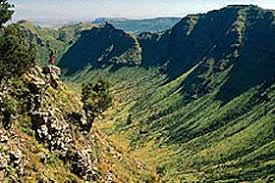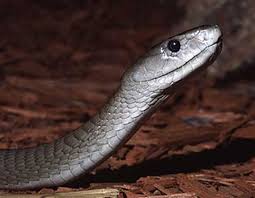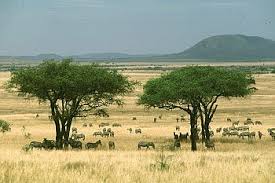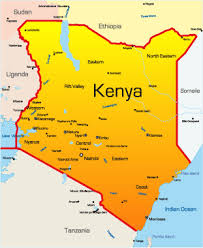Mt. Kenya: This is the tallest mountain in Kenya, it's 17,058 feet tall and the second-highest peak in Africa. The top is always covered in snow year-round and has numerous glaciers that surround the sides.

Great Rift Valley: This is the longest rift on the planet's surface, it's over 4,000 miles long and runs the whole way through Kenya. This was caused by two tectonic plates that separated from each other and are still slowly separating now. It can get down to 6,000 feet deep in certain places and is surrounded by mountains, some volcanic.
Chalbi Desert: This is in northern Kenya and is over 62,000 square miles of sandy flat land. This used to be a lake over 10,000 years ago and in some rare heavy rain, puddles and small ponds do appear until they dry up. Today this desert is the most arid and hottest region in Africa



